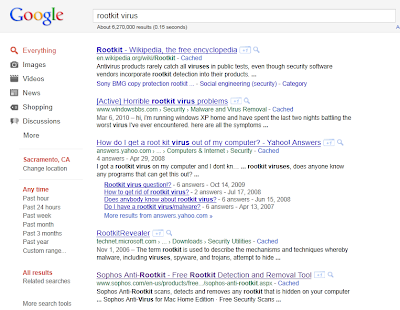Once upon a time computers and software programs were bundled with books—actual hard-copy sheafs of bound paper. You were supposed to read them. On-line help was limited (if you even had on-line access) and fellow computer nerds would cheerfully offer advice in times of distress by suggesting that you “read the friendly manual.” (I do, however, recall that not everyone agreed that the F stood for “friendly.”)
Learning to read instructions is a survival skill. If only I could get more of my students to take it seriously. (It sure helps on word problems!) I wish all students would take it more seriously! As a senior faculty member, I am often called upon to adjudicate the earnest petitions of the college's desperate students. It's educational for me, but I think I've learned as much as I want to. It's depressing.
I'm talking about those petitions known as “challenge forms.” Every college has something equivalent. My school's challenge forms are usually submitted in hopes of getting a prerequisite waiver. For example, a returning student wants to enroll in precalculus but gets bounced because his academic record doesn't include a passing grade in trigonometry. He files a petition with documentation demonstrating that he's been doing field work for a surveying company for several years, along with actual samples of trigonometric calculations done on the job. We sign the challenge form to indicate approval of the waiver and he gets to enroll in precalculus.
Simple!
But no. Most students file challenge petitions that are cleverly designed to waste our time. (I nearly said, “and theirs,” but there's not much evidence they actually put any time into it.) For example, one student wanted to take intermediate algebra. The evidence he provided in support of his petition was a high school transcript showing he had flunked elementary algebra. I mean, surely if you fail Algebra 1 in high school you must be ready for success in Algebra 2 in college, right?
Petition denied.
The instructions for the challenge forms are quite specific: It is the student's responsibility to provide “credible evidence” that he or she is prepared for success in a class despite not having passed the prerequisite class. An amazing number of students seem to think that “credible evidence” consists of writing a personal note saying things like:
- I could have passed if I tried, so please give me credit for having taken it.
- I plan to transfer to Big U next fall and I can't if you make me take the prerequisite over again, so please don't make me.
- The teacher was awful and it wasn't my fault I didn't pass the prerequisite.
- I promise to work really hard for a change.
Strangely enough, though, my most negative reactions are reserved for the padded petition forms full of time-wasting chaff. While we don't consider personal promises to do better as credible evidence, we do give rather more weight to successful completion of math placement tests. Want to take Algebra 2 even though we have no record of your having taken Algebra 1? Take the placement test and earn a score that suggests you're ready to take Algebra 2. We'll let you in!
But many times I've seen challenge forms plumped up with material from the placement test—because students have included the booklet of sample placement test questions. What a waste! Those pages are useless. Just give me the one-page print-out with the test results. I have waded through forms that included (a) the instructions for filling out the challenge form (with no evidence that they read it), (b) instructions for taking the placement test (I already know those), (c) sample test questions (even if you marked them up I don't want to see them; only if you take the proctored test do I know it's your own work), and (d) a personal statement in which the student promises to do better (fine, but that's not really evidence). My colleagues and I peruse these bundles of futility, shake our heads sadly, and sign on the “petition denied” line.
Really. If you can't follow the instructions and give us credible evidence, you're probably not cut out for a successful educational experience. Better take care of that first, before you try to move on.
We're hoping that word gets out that the math department is a hard-nosed place that requires real evidence before it will approve a challenge form. The record of several years suggests that we hope in vain.





















